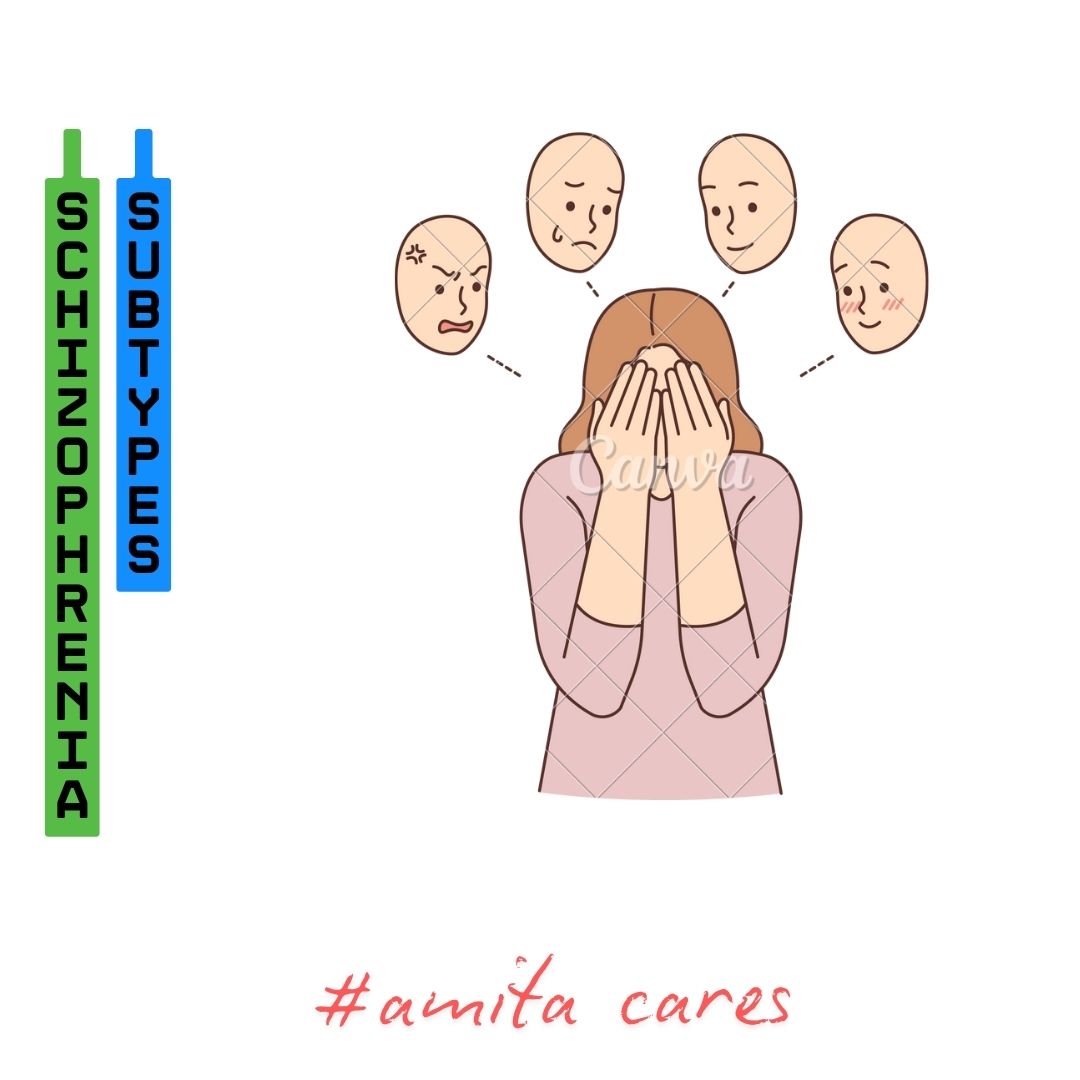
Schizophrenia, a complex mental health disorder, is marked by disruptions in thinking, perception, and behavior. Historically, it was divided into several subtypes based on the prominent symptoms exhibited by the individual. Although these subtypes were removed in the DSM-5 in favor of a broader diagnosis, understanding them provides valuable insight into the varied presentations of schizophrenia. The subtypes include paranoid, disorganized, catatonic, residual, and undifferentiated schizophrenia.
Paranoid schizophrenia, one of the most well-known subtypes, is characterized by delusions and auditory hallucinations. Individuals often experience intense feelings of persecution or grandeur, believing they are being targeted or possess special powers. Despite these symptoms, cognitive functioning and emotional expression remain relatively intact compared to other subtypes. In contrast, disorganized schizophrenia primarily affects thought processes and behavior. Those with this subtype exhibit incoherent speech, disorganized thoughts, and inappropriate emotional responses, making daily functioning particularly challenging.
Another subtype, catatonic schizophrenia, is defined by disturbances in movement and motor activity. This can manifest as extreme stillness (catatonia), repetitive movements, or resistance to instructions. Some individuals may experience episodes of mutism or excessive, purposeless activity. Residual schizophrenia refers to cases where the more severe symptoms, like hallucinations and delusions, have subsided, but residual symptoms such as social withdrawal or flat affect persist. Finally, undifferentiated schizophrenia is diagnosed when symptoms do not fit neatly into any single category but still meet the criteria for schizophrenia.
Though the classification of subtypes has been phased out in modern psychiatry, their study highlights the diverse ways schizophrenia affects individuals. This variability underscores the importance of personalized treatment approaches that address the unique experiences and needs of each person living with the disorder. Understanding these distinctions can help reduce stigma and foster empathy for those navigating this complex condition.
Kanishka
